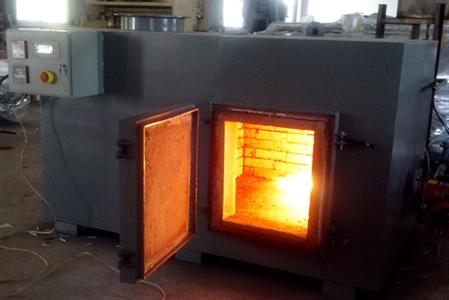“The pet dog of a Spanish Ebola victim was put down today over fears it could transmit the disease, prompting a wave of outrage from animal lovers who chanted `murderers` outside her home.
ebola
Madrid regional government health spokesman Javier Rodriguez confirmed tonight that Teresa Romero Ramos`s dog Excalibur had been put down, adding: “Unfortunately we had no other choice.`
The animal was sacrificed inside Mrs Romero Ramos`s home and its body driven out of the house in a white van just before 6.30pm local time to a nearby incinerator.”
Daily Mail
In spite of an online viral campaign to save the life of Excalibur, the pooch exposed to the Ebola virus, Spanish authorities murdered the friendly pooch today.
A Madrid government health spokesperson issued a statement explaining: We had no other choice. Bullcrap, they could have isolated and quarantined the pooch for the mandatory 21 days.
Excalibur`s body was taken to a nearby incinerator as if he was nothing more than an infected blanket, or medical waste.
The killing of Excalibur is an outrage to dog lovers all over the world, let`s hope it`s not a mortal blow to Teresa Romero Ramos, who is in a hospital battling for her life. She loved her pooch to death; let`s hope she will find the will to overcome the double tragedy of the death of her dog and Ebola.











